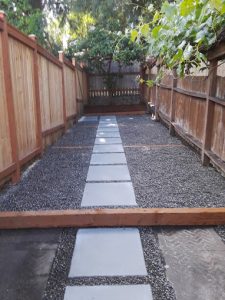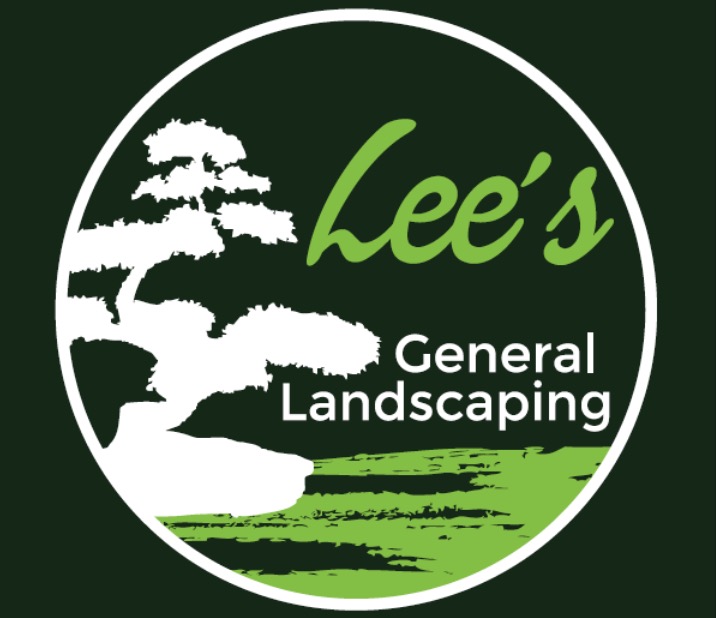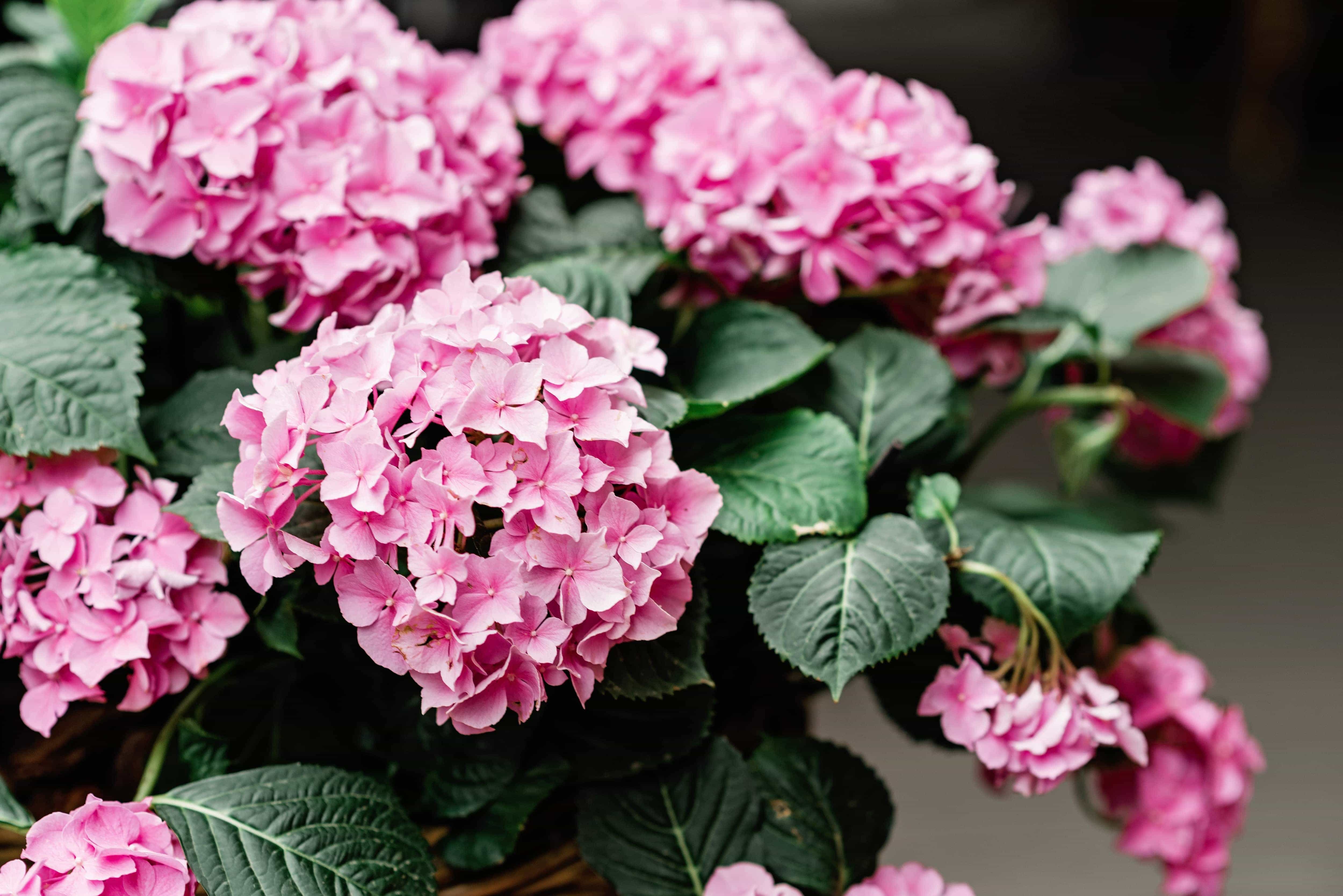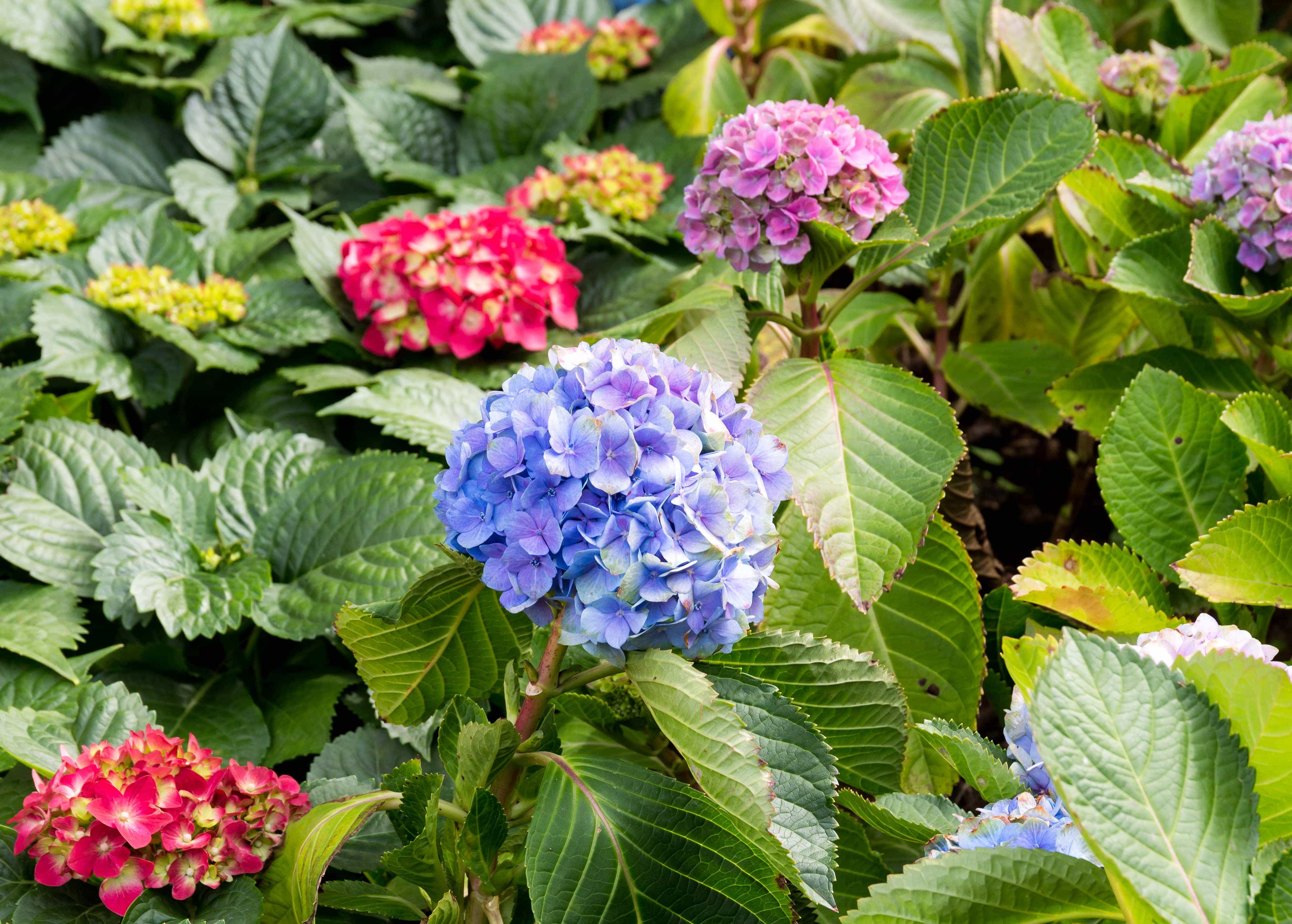How to Plant a Shrub Like a Pro in Seattle
Planting a shrub in your yard can enhance its beauty, provide shade, and even attract wildlife. If you’re new to gardening, don’t worry—we’ve got you covered! In this guide, we’ll walk you through each step of planting a shrub, from choosing the right plant to post-planting care, ensuring a successful and thriving addition to your Seattle landscape.
Choosing the Right Shrub
Before you get started, it’s important to select a shrub that will thrive in your yard’s specific conditions. Seattle is in USDA Hardiness Zone 8b, which means it enjoys a relatively mild climate, with cold winters and warm, dry summers. Here are a few factors to consider when choosing a shrub:
- Sunlight: Determine how much sun your garden gets throughout the day. Some shrubs need full sun (6-8 hours per day), while others thrive in partial or full shade.
- Soil Type: Seattle’s soil tends to be acidic, so choose plants that tolerate or thrive in such conditions. You may need to adjust the soil by adding organic matter if it’s too clay-heavy or compacted.
- Moisture Levels: Think about how much water your shrub will need. Consider how much rainfall Seattle receives and the drainage conditions in your garden.
Popular shrubs that thrive in Seattle include:
- Rhododendrons (beautiful evergreen flowers)
- Azaleas (vibrant, colorful blooms)
- Hydrangeas (long-lasting flowers with varying colors)
Preparing the Site
Once you’ve chosen your shrub, it’s time to prepare the planting site.
Dig the Hole:
- The hole should be 2-3 times the width of the root ball but only as deep as the shrub’s root ball. This ensures the roots have plenty of room to spread out and take hold.
Remove Weeds and Debris:
- Clear the area around the hole of any weeds, grass, or debris. Weeds compete for nutrients and can stunt the growth of your new shrub.
Test Your Soil:
- Test the soil’s pH. If it’s too acidic for your chosen shrub, you can amend the soil by adding lime to raise the pH. If it’s too alkaline, you can add sulfur to lower it.

Planting Your Shrub
Now that your site is ready, here’s how to plant your shrub:
Gently Remove the Shrub:
- Carefully remove the shrub from its container or burlap, making sure not to disturb the roots. If it’s in a plastic container, gently squeeze the sides to loosen it.
Place the Shrub in the Hole:
- Place the shrub in the hole, ensuring the root flare (where the stem meets the roots) is level with or slightly above the soil surface. This is important for proper root growth and to avoid water pooling around the base of the plant.
Fill with Soil:
- Fill the hole with a mix of native soil and organic matter (such as compost or mulch). This helps the roots establish themselves and improves soil fertility.
Water Thoroughly:
- Water the shrub immediately after planting to help settle the soil around the roots. Continue to keep the soil consistently moist during the first growing season to ensure proper establishment.
Post-Planting Care
Mulch Around the Base:
- Apply mulch around the base of the shrub to retain moisture, suppress weeds, and regulate soil temperature. Keep the mulch away from direct contact with the trunk to prevent rot.
Water Regularly:
- Aim to water the shrub with about 1 inch of water per week. This is especially important during dry spells, as newly planted shrubs need consistent moisture to establish their roots.
Fertilize:
- Fertilize your shrub with a balanced, slow-release fertilizer during the growing season (spring to fall). This provides essential nutrients that support healthy growth and vibrant blooms.
Additional Tips for Success
Use Good Garden Soil:
- Ensure the soil you’re using for the planting mix is nutrient-rich to give your shrub a good start.
Consider Slow-Release Fertilizer:
- This type of fertilizer will release nutrients gradually, providing consistent nourishment for your shrub over time.
Planting on Slopes:
- If your shrub is on a slope, plant it at the correct height to ensure proper drainage. You may need to amend the soil to prevent water from pooling at the plant’s base.
Mulch for Weed Control:
- In addition to retaining moisture, mulch helps suppress weeds, so your shrub won’t have to compete for nutrients and water.
Conclusion
Planting a shrub in your Seattle yard can add color, beauty, and life to your outdoor space. By following these steps—choosing the right shrub, preparing the site, and providing post-planting care—you’ll set your shrub up for success. With patience and attention, you’ll soon enjoy the vibrant beauty of a healthy shrub in your garden.
If you have any questions or need help with your planting project, Lee’s General Landscaping is here to help. Our team of professionals can assist with shrub planting and ensure that your Seattle garden flourishes. Happy planting!
Planting a shrub may seem like a daunting task, but with the right techniques and a little practice, you’ll b










.jpg)














